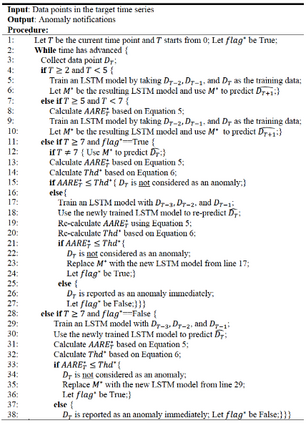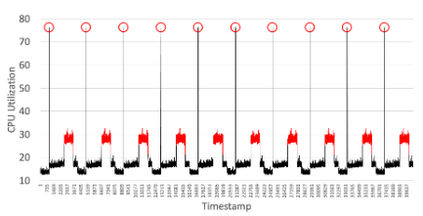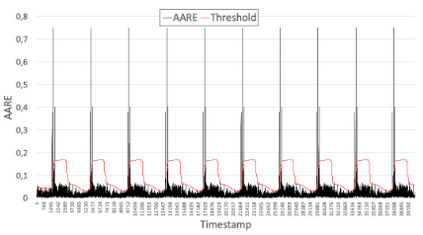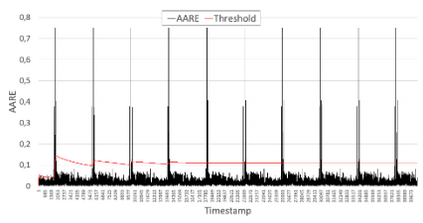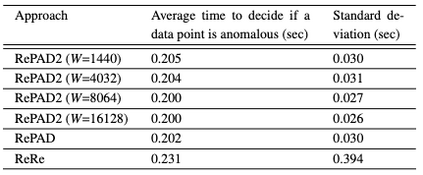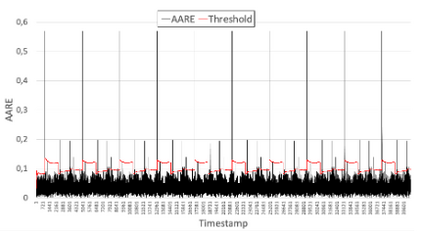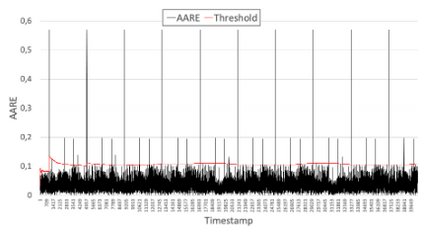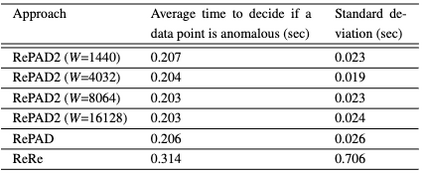An open-ended time series refers to a series of data points indexed in time order without an end. Such a time series can be found everywhere due to the prevalence of Internet of Things. Providing lightweight and real-time anomaly detection for open-ended time series is highly desirable to industry and organizations since it allows immediate response and avoids potential financial loss. In the last few years, several real-time time series anomaly detection approaches have been introduced. However, they might exhaust system resources when they are applied to open-ended time series for a long time. To address this issue, in this paper we propose RePAD2, a lightweight real-time anomaly detection approach for open-ended time series by improving its predecessor RePAD, which is one of the state-of-the-art anomaly detection approaches. We conducted a series of experiments to compare RePAD2 with RePAD and another similar detection approach based on real-world time series datasets, and demonstrated that RePAD2 can address the mentioned resource exhaustion issue while offering comparable detection accuracy and slightly less time consumption.
翻译:开放时间序列是指一系列按时间顺序指数而没有结束的数据点。这种时间序列可以随时间序列随时间序列的普及而找到。对于工业和组织来说,为开放时间序列提供轻量和实时异常现象探测非常可取,因为它允许立即作出反应并避免潜在的财务损失。在过去几年中,采用了若干实时序列异常探测方法。然而,当系统资源被长期应用于开放时间序列时,它们可能会耗尽。为了解决这个问题,我们在本文件中提议,通过改进前一个异常现象探测方法,即“不开放时间序列”的轻量实时异常探测方法,即改进前一个“不开放时间序列”,这是最新异常探测方法之一。我们进行了一系列实验,将“RPAD2”与“RPAD”和另一个基于实时时间序列数据集的类似探测方法进行比较,并表明“RPAD2”可以解决上述资源耗竭问题,同时提供可比的检测准确性和略微少时间消耗。</s>




